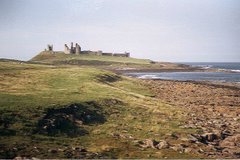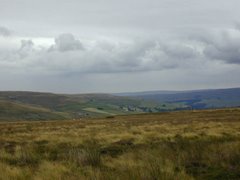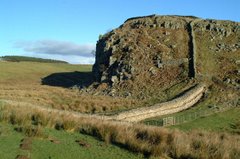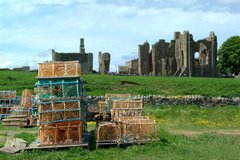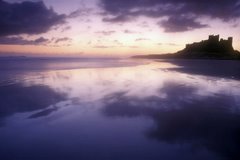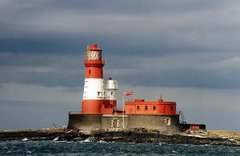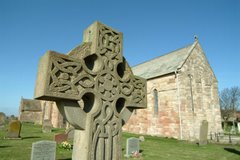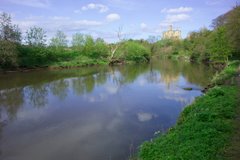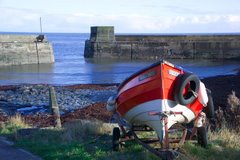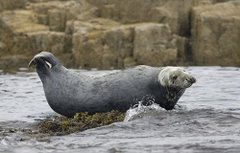Bedlington is a town in Northumberland, to the north of the Tyne and Wear urban area. Nearby places include Morpeth, Ashington, Blyth and Cramlington. The parish of Bedlington constituted the historic exclave of County Durham called Bedlingtonshire.
Bedlington was an industrial town with an iron works and several coal mines. However in more recent times the town has undergone many changes, and is now more of a Dormitory town.
Bedlington ('Bedaz' in Charv terms) and the hamlets belonging to it were bought by Cutheard, bishop of Durham, between 900 and 915, and although locally situated in the county of Northumberland became part of the county palatine (from Lat. palatium, a palace) of Durham over which Bishop Walcher was granted royal rights by William the Conqueror.
When these rights were taken from Cuthbert Tunstall, bishop of Durham, in 1536, Bedlington among his other property lost its special privileges, but was confirmed to, him in 1541 with the other property of his predecessors. Together with the other lands of the see of Durham, Bedlington was made over to the ecclesiastical commissioners in 1866. Bedlingtonshire was made part of Northumberland for civil purposes by acts of parliament in 1832 and 1844.
The town has good bus links with nearby Newcastle Upon Tyne which is where the majority of residents have employment. The town's front street has one supermarket, a post office and several other smaller shops, however the number of these is starting to decline. A weekly market (more of a car boot sale, offering an assortment of muck and tat) is held on a Thursday next to the magistrates' court. There are also several public houses.
In terms of food, there are a wide number of takeaways covering Indo-China, Eastern Europe and, of course, fish and chips.
The town is also home to Saint Benet Biscops Roman Catholic High School, a school praised by many members of the local community for its outstanding standards of education with several families making appeals to send their children to the school.
Article adapted from the
Wikipedia online encyclopedia.
How to get to Bedlington:By road: From the south: Take the main A1 trunk road to just north of Newcastle upon Tyne and then take the A19 exit. Follow the A19 for 3 miles and then take the A189 exit at the roundabout. Follow the A189 north towards Blyth. Just after the River Blyth bridge take the first left and follow the road along the river to Bedlington. From the north: Take the main A1 trunck road south to Alnwick. Head for Alnwick town centre and follow the signs for the A1068 coastal route. Follow the A1068 until it merges with the A189. Follow the A189 until toward Blyth. Take the right hand turn just before the River Blyth bridge and follow the river towards Bedlington.
By rail: The nearest station is Cramlington.
By bus: Buses run from Ashington, Blyth and Newcastle Haymarket Bus Station to Bedlington
Map of area: CLICK HERE
